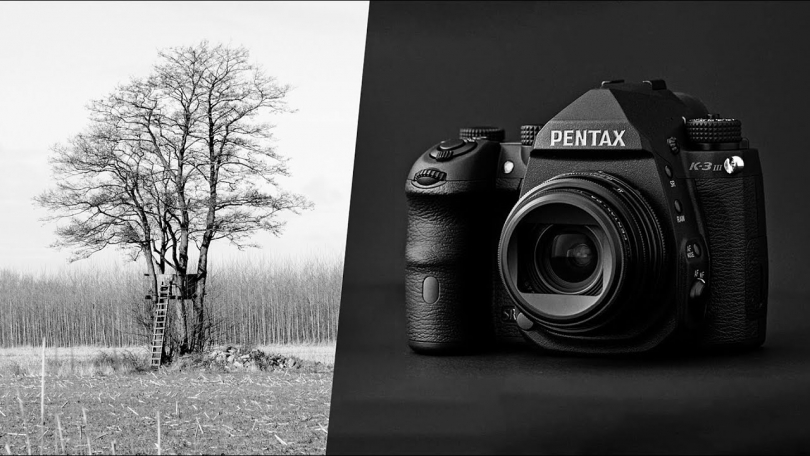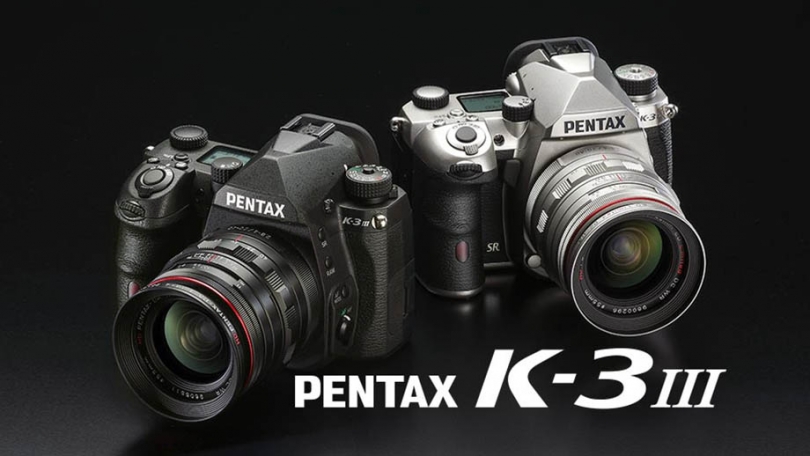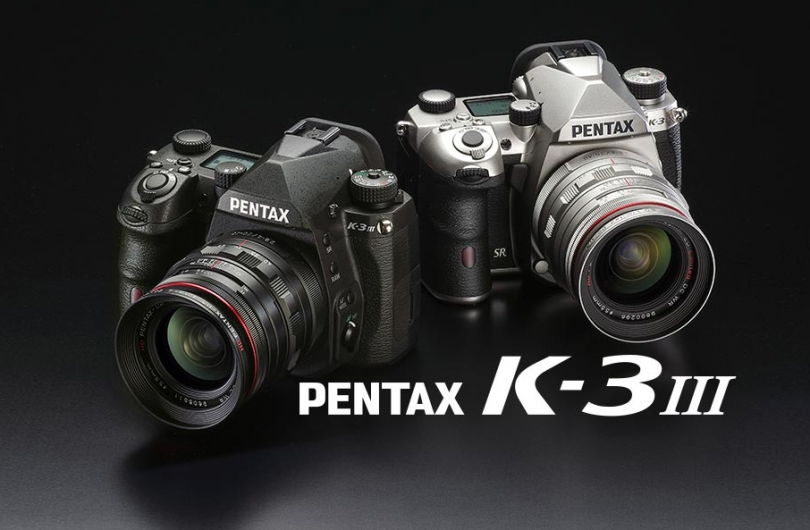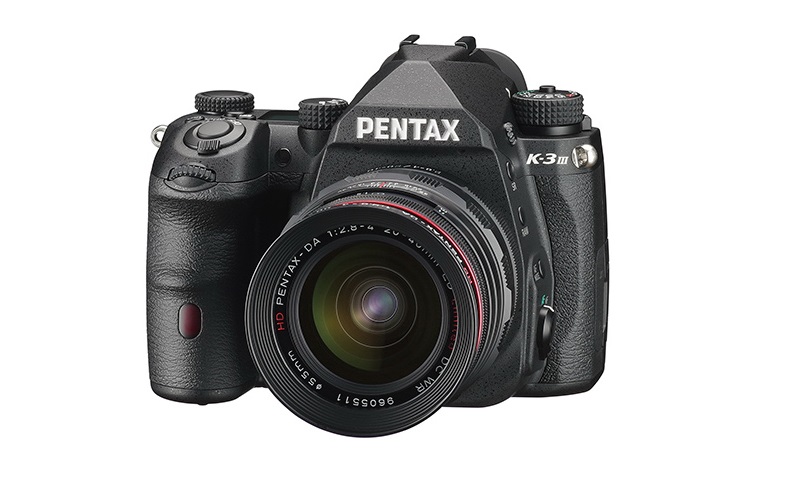
The Pentax KP is a 24MP APS-C DSLR with styling and controls lifted largely from the full-frame K-1. Sold as a body only at a price of $1099, it includes standard Pentax features like full weather-sealing and in-body five-axis Shake Reduction, and includes all the interesting features enabled by the aforementioned system, including 'Pixel Shift Resolution'.
It also offers interchangeable front grip system as part of its rather pretty design.
On the face of it, the Pentax KP is a confusing proposition. It launches at the same price as their APS-C flagship the K-3 II did over a year ago, while trading useful K3 features like GPS in favor of the extra control dial, swappable grips, and a built-in flash.
Key Features:
24MP APS-C CMOS sensor with max ISO of 819,200
27-point AF sensor with 25 central cross-type points
86,000-pixel RGB metering sensor aids subject tracking and exposure
PRIME IV Processor
In-body 'SR II' 5-axis image stabilization
7 fps continuous shooting
Interchangeable grips
Improved 'Function Dial' from the K-1
Electronic shutter up to 1/24,000 sec through the viewfinder
Wi-Fi communication
The surprisingly petite pentaprism-equipped camera borrows styling cues and controls from the full-frame K-1, and even shares some in common with Nikon's retro-reborn Df. JPEG image quality has received some massaging courtesy of the new PRIME IV processor, expanding the KP's high ISO capabilities all the way to the ludicrous value of 819,200.
Pentax KP
Pentax K-3 II
Nikon D7200
Price
$1099 (body only)
$1099 (body only)
$1199 (body only)
Resolution
24MP
24MP
24MP
ISO
Auto, 100-819200
Auto, 100 - 51200
Auto, 100 - 25600
Image Stabilization
Yes (in-body)
Yes (in-body)
In-lens only
Focus Points
27 (25 cross-type)
27 (25 cross-type)
51 (15 cross-type)
AF Point Selection
Shared with direction pad
Shared with direction pad
Shared with direction pad
Viewfinder Magnification
0. 95x
0. 95x
0. 94x
Continuous Drive
7 fps
8. 3 fps
7 fps
Battery Life
390
720
1110
GPS
Optional
Built-in
Optional
When compared to the outgoing K-3 II and long-in-the-tooth D7200, we see that with some features like burst rate and battery life the KP is a step backwards. On the other hand, we see a better control layout, higher ISO capabilities, and the new SR II system. It omits GPS, and takes a hit in areas like battery life and burst rate. The addition of the K-1's Function Dial means the top plate LCD screen is lost from the K-3 II as well.
These changes indicate that maybe the KP wasn't designed solely with outdoing the competition, or even the K-3 II, in mind. It certainly doesn't seem like an outright replacement, but instead a different lineup aimed at being a bit more portable for enthusiasts or casual shooters.
In some ways, the KP reminds us of the PEN-F: a combination of distinctive looks and improved image quality in a compact, premium body. While looks alone may not sell it for some, there are parts of the KP's design that are excellent, possibly even market leading. Let's take a closer look at what is right with the KP.
. dpreview.com2017-3-27 17:00








